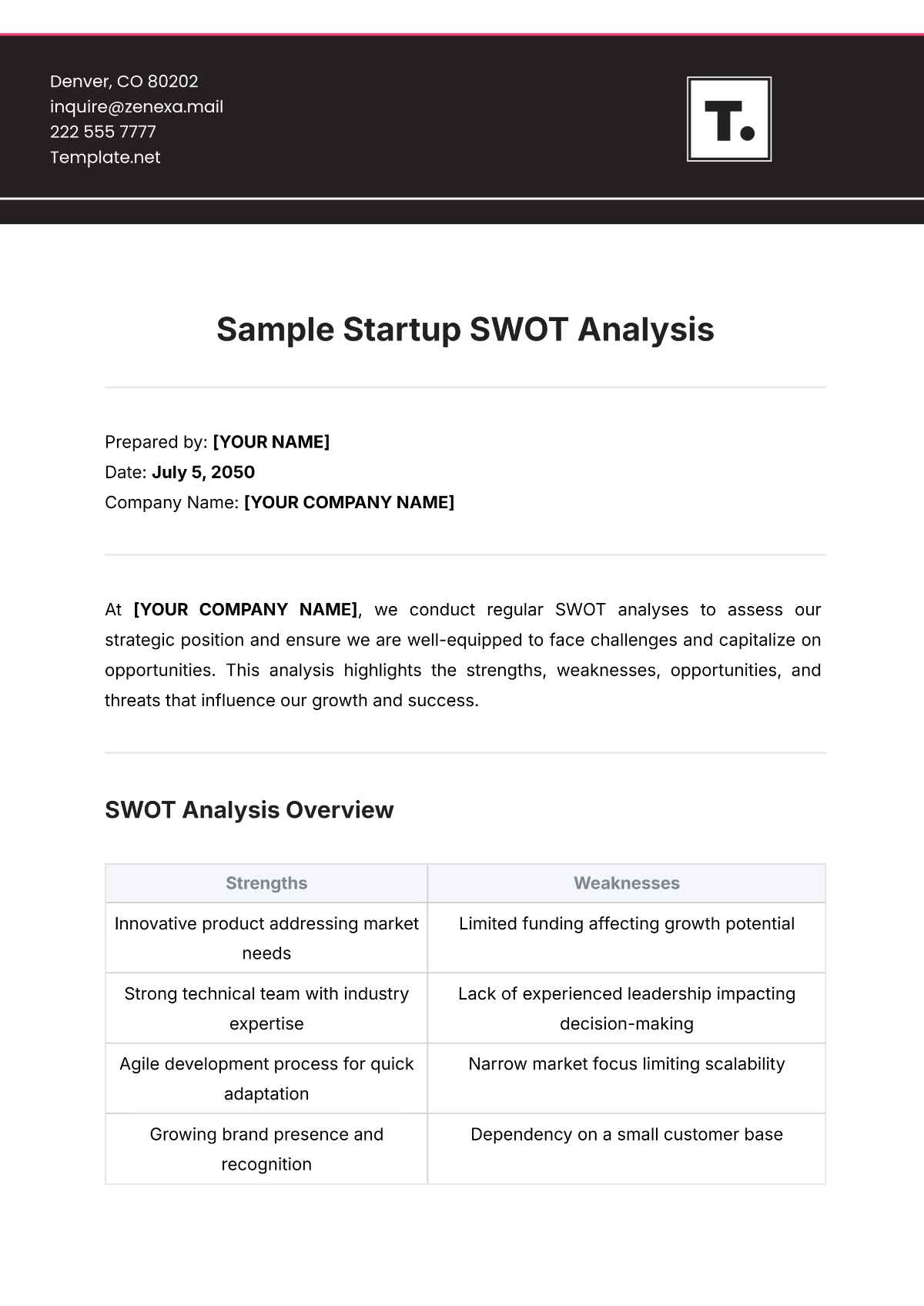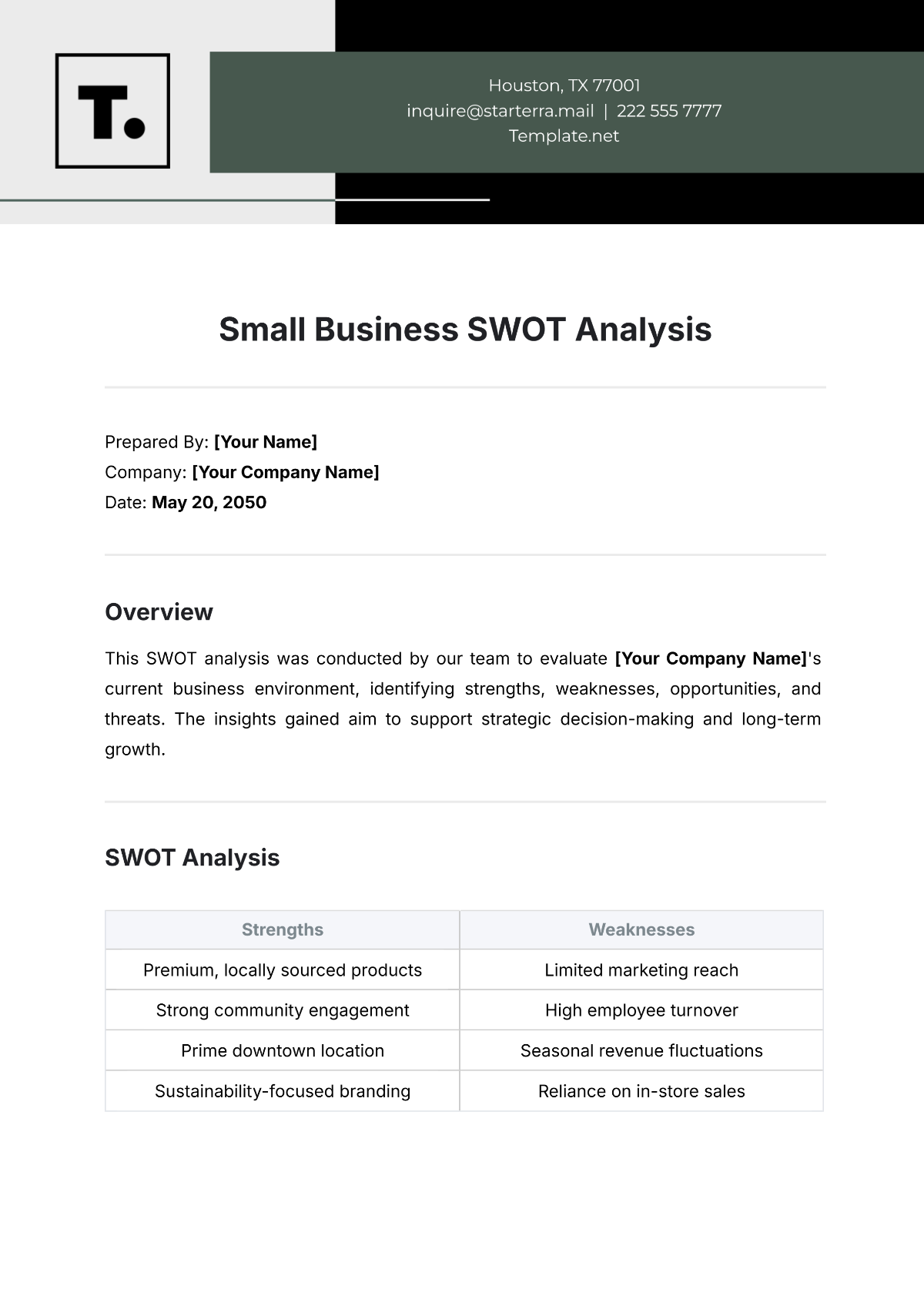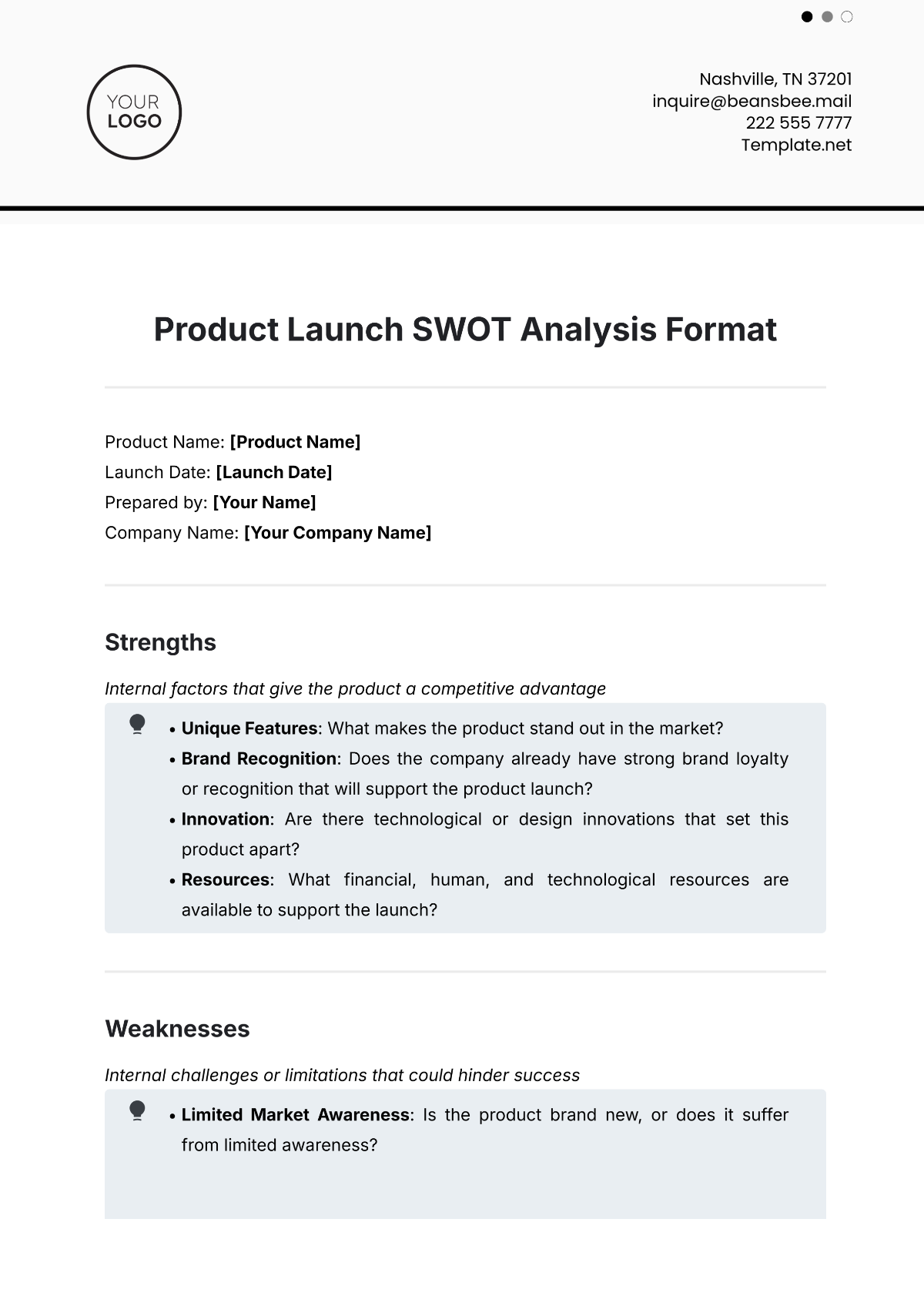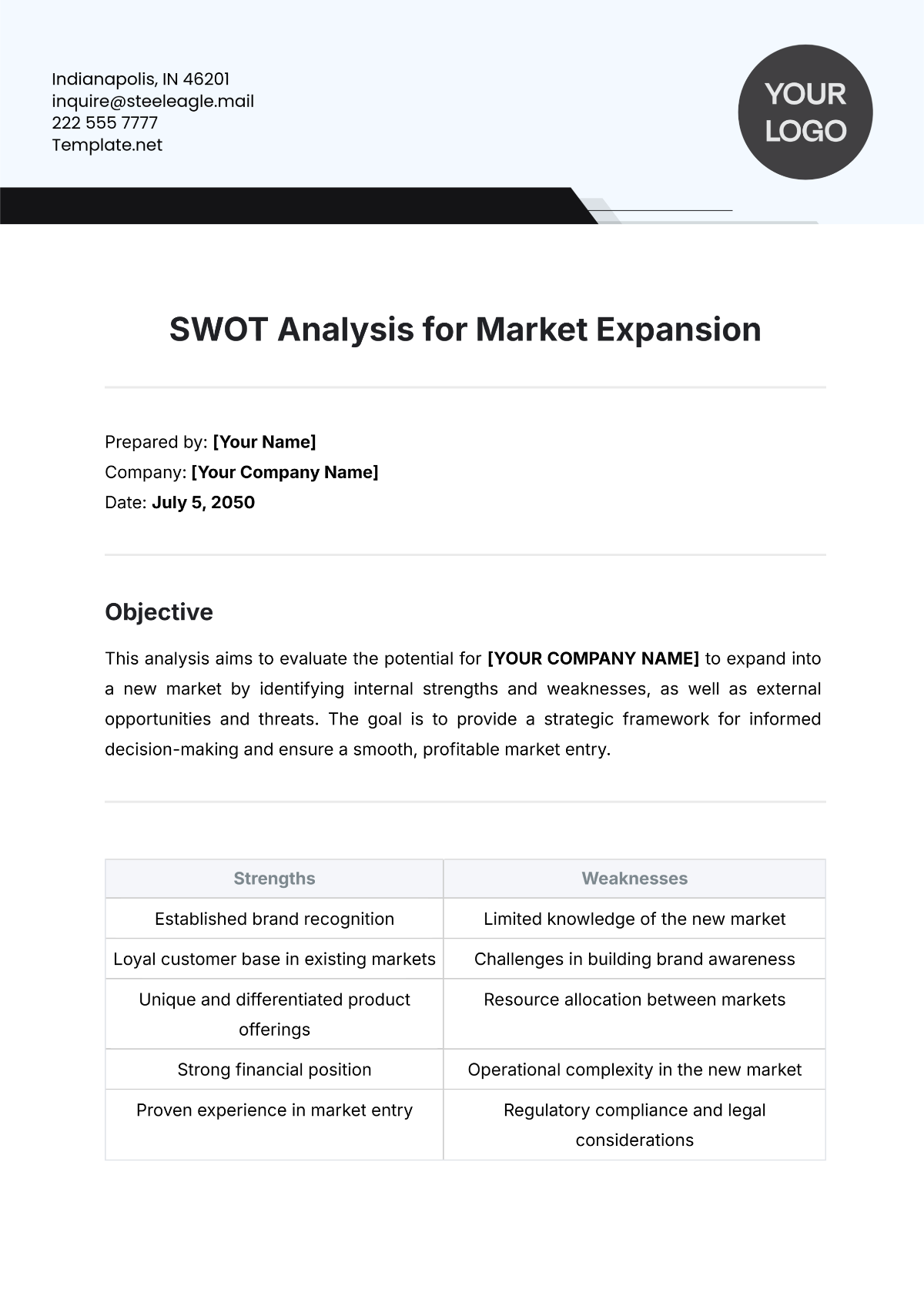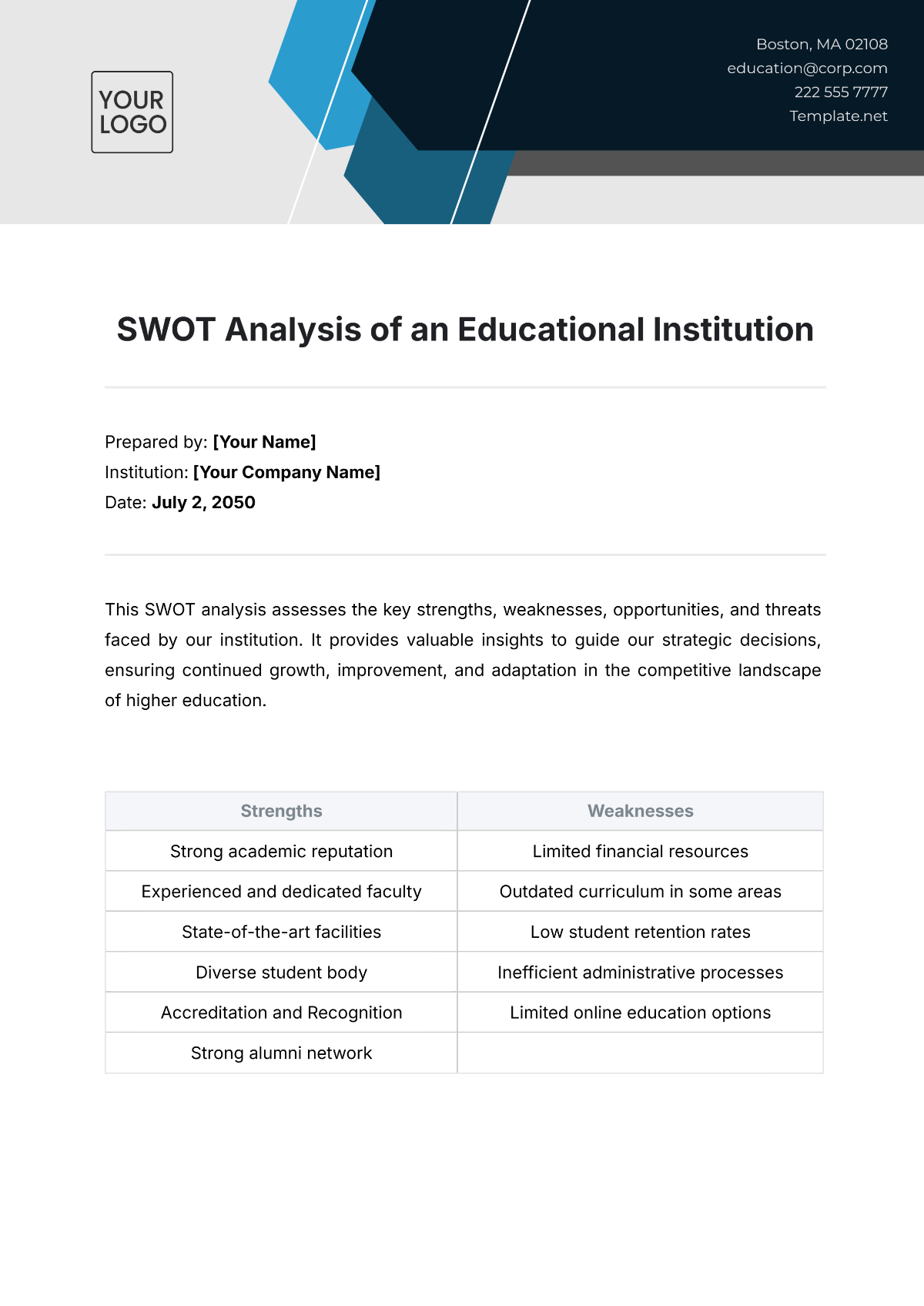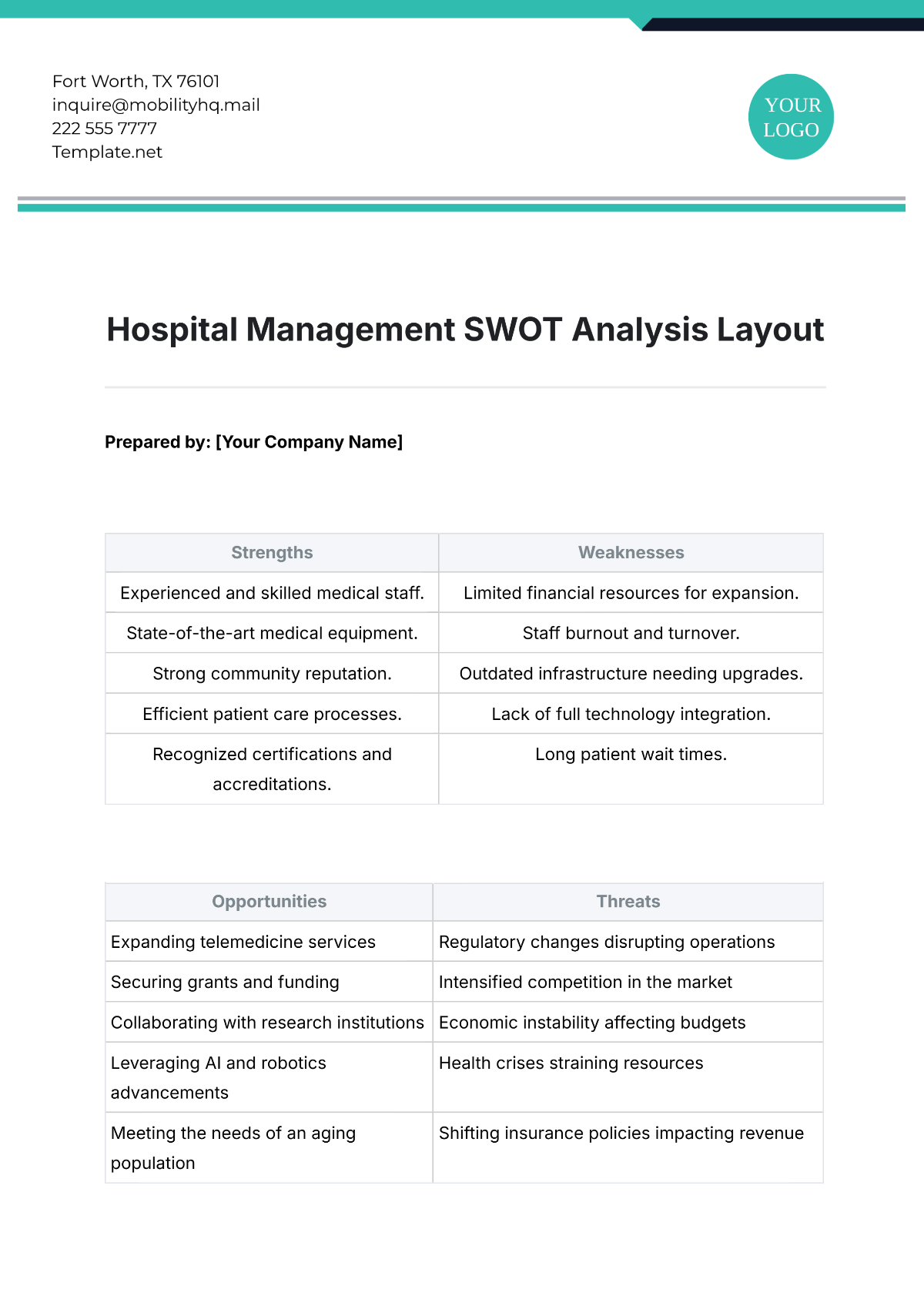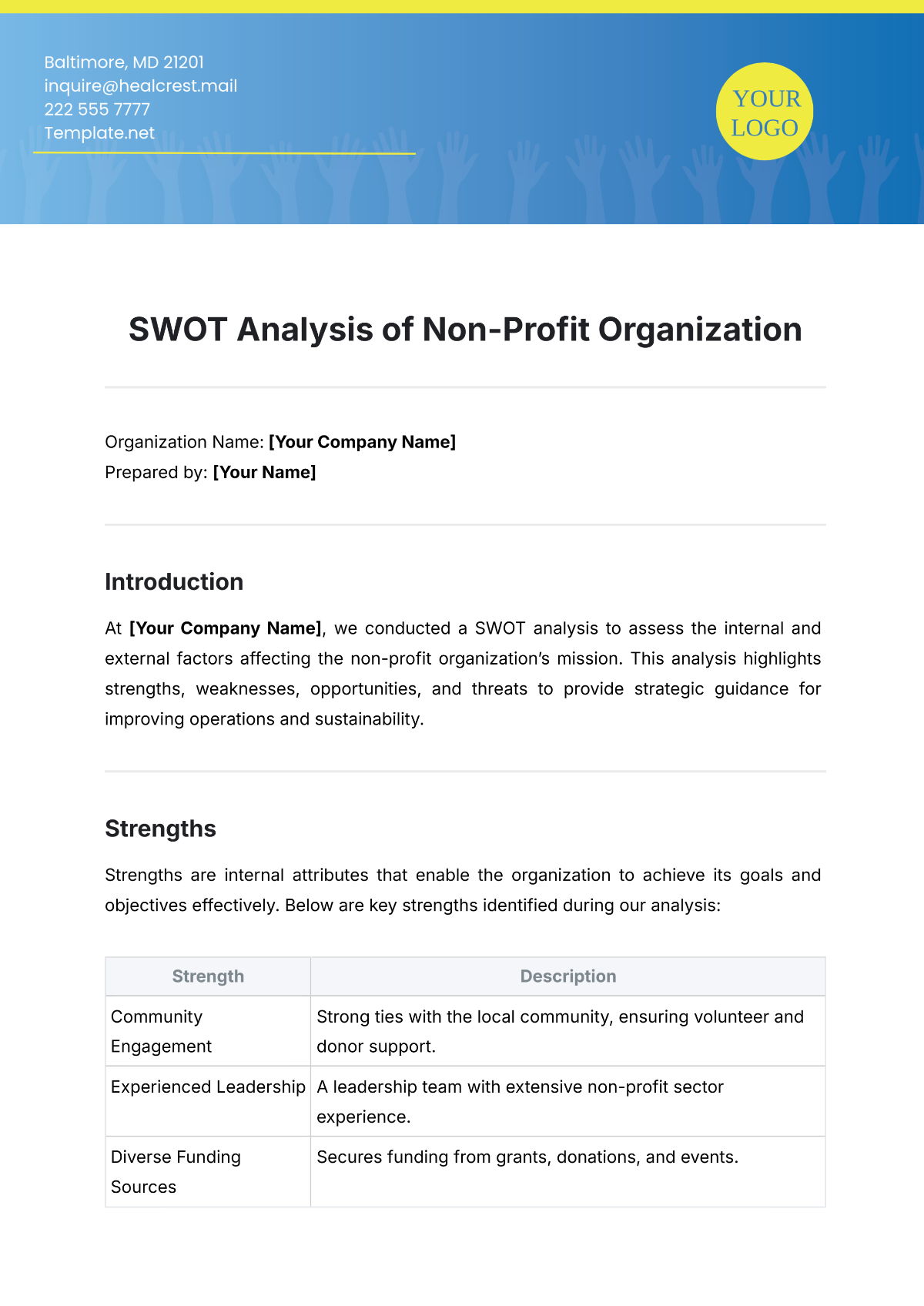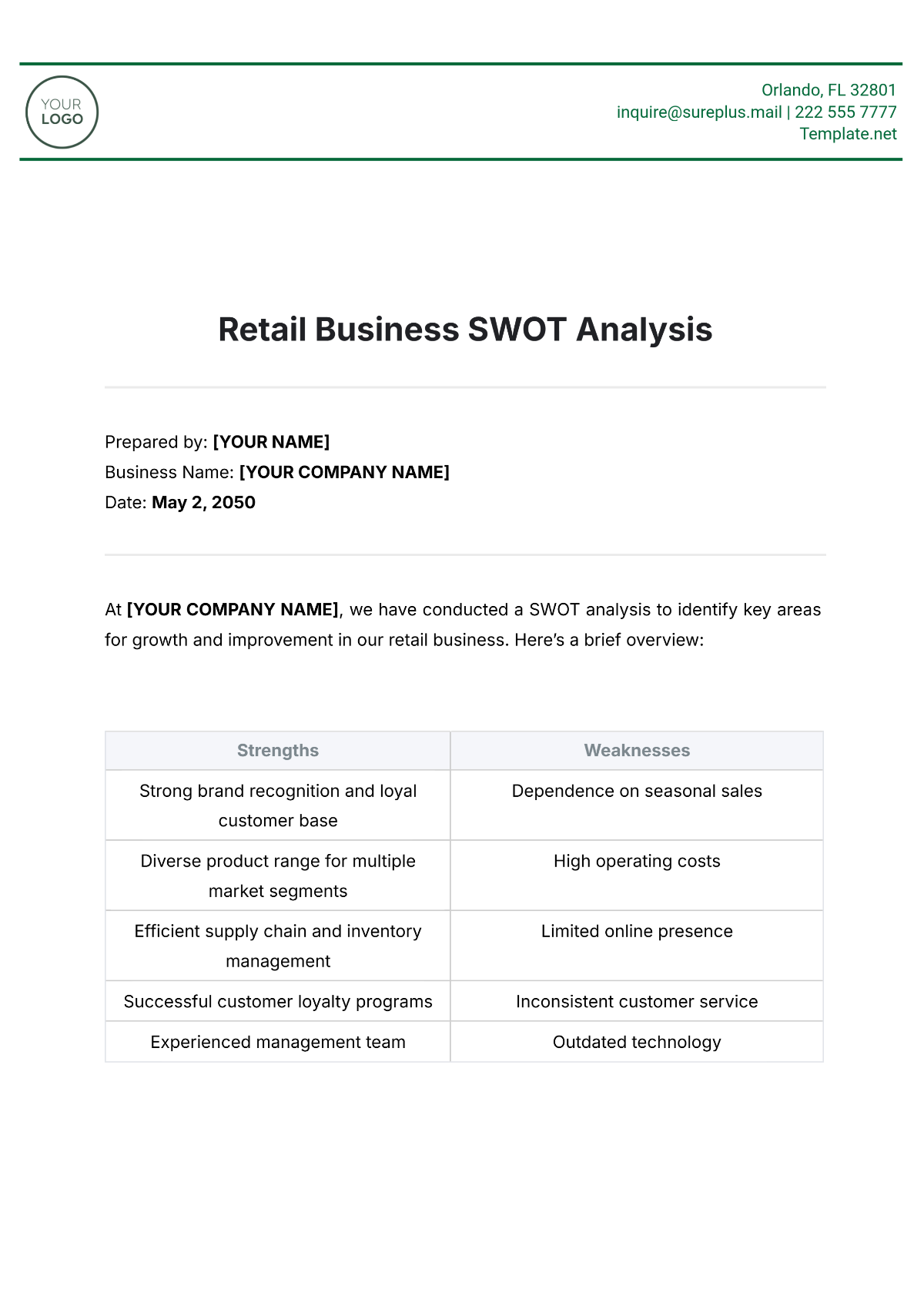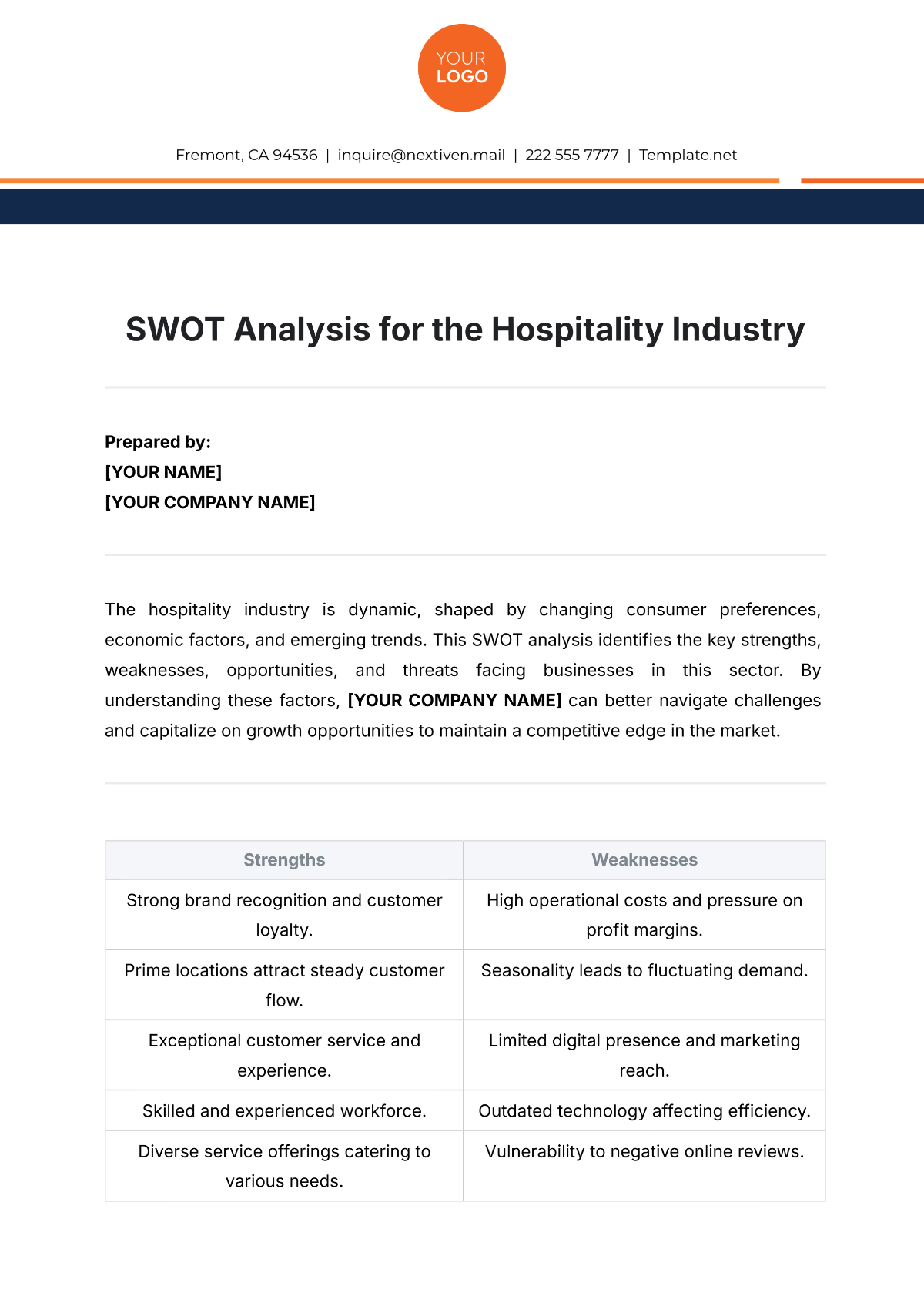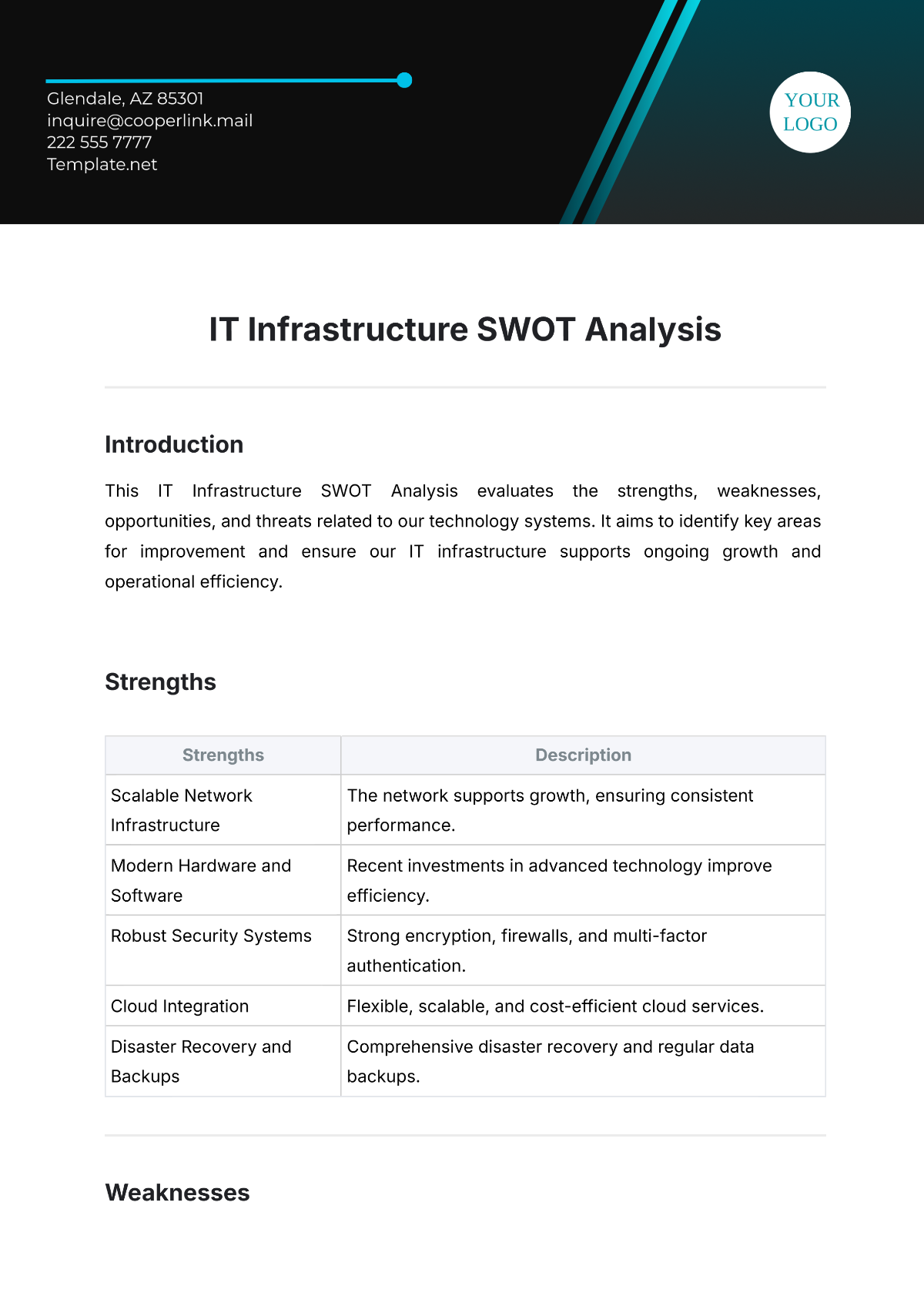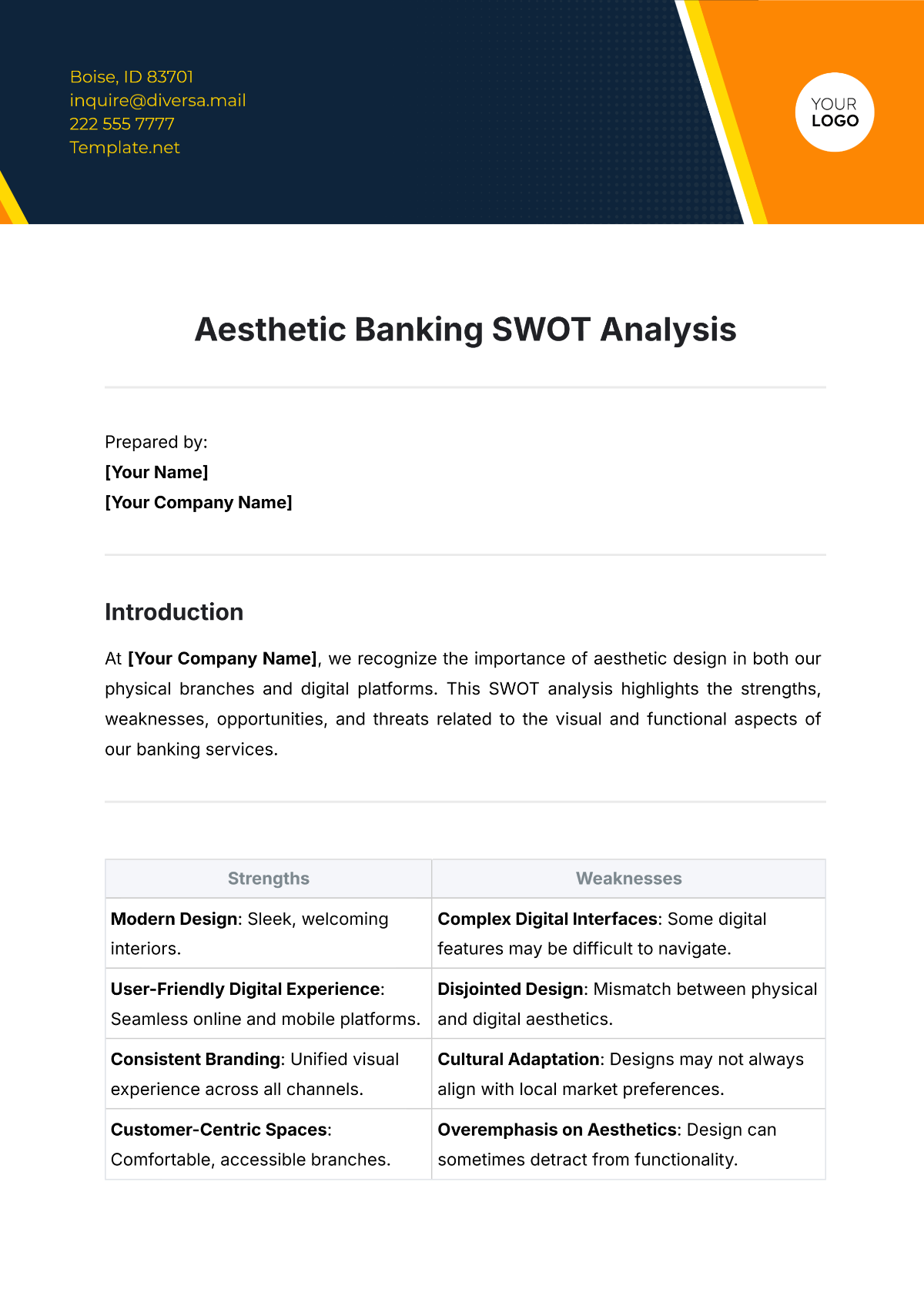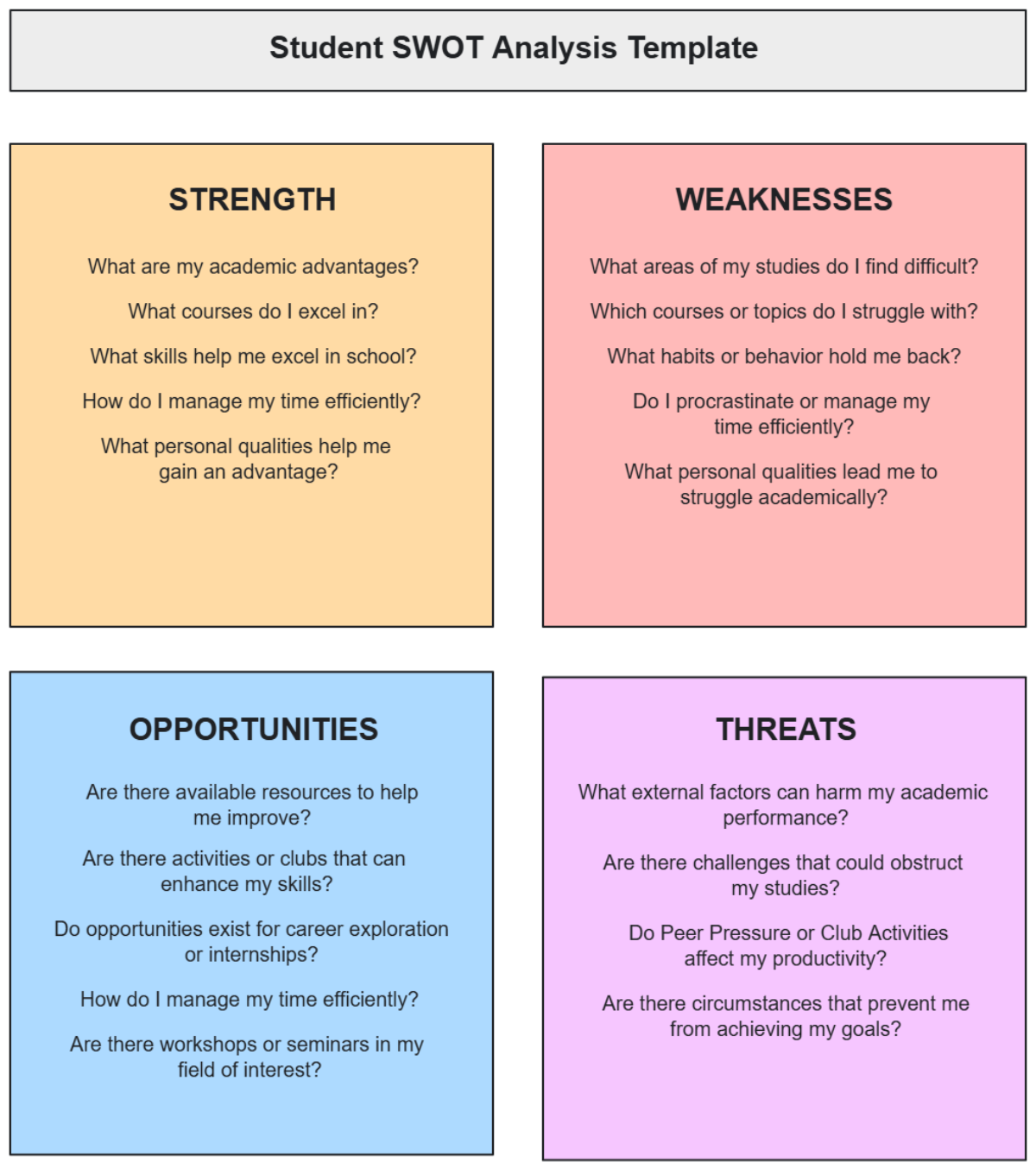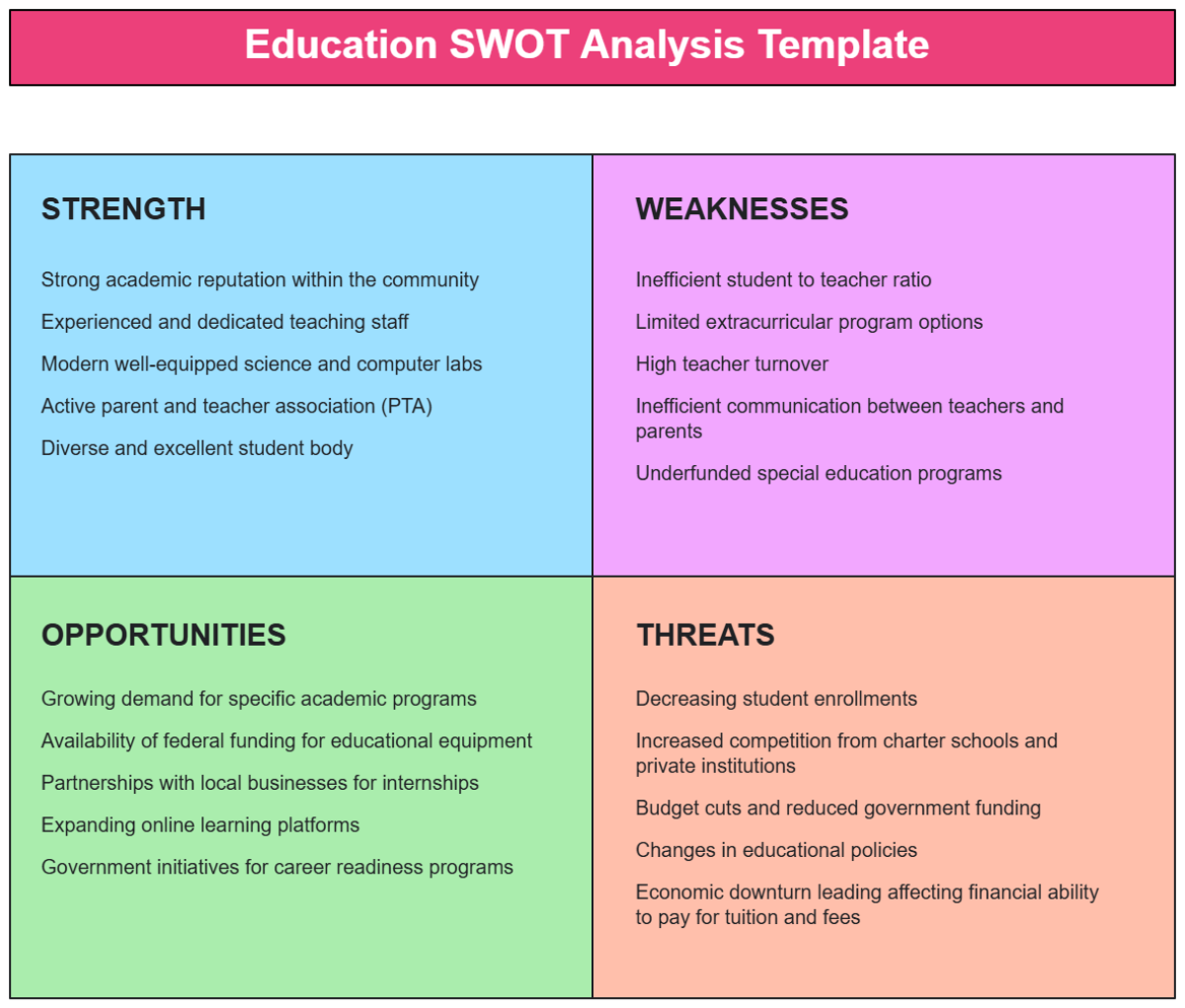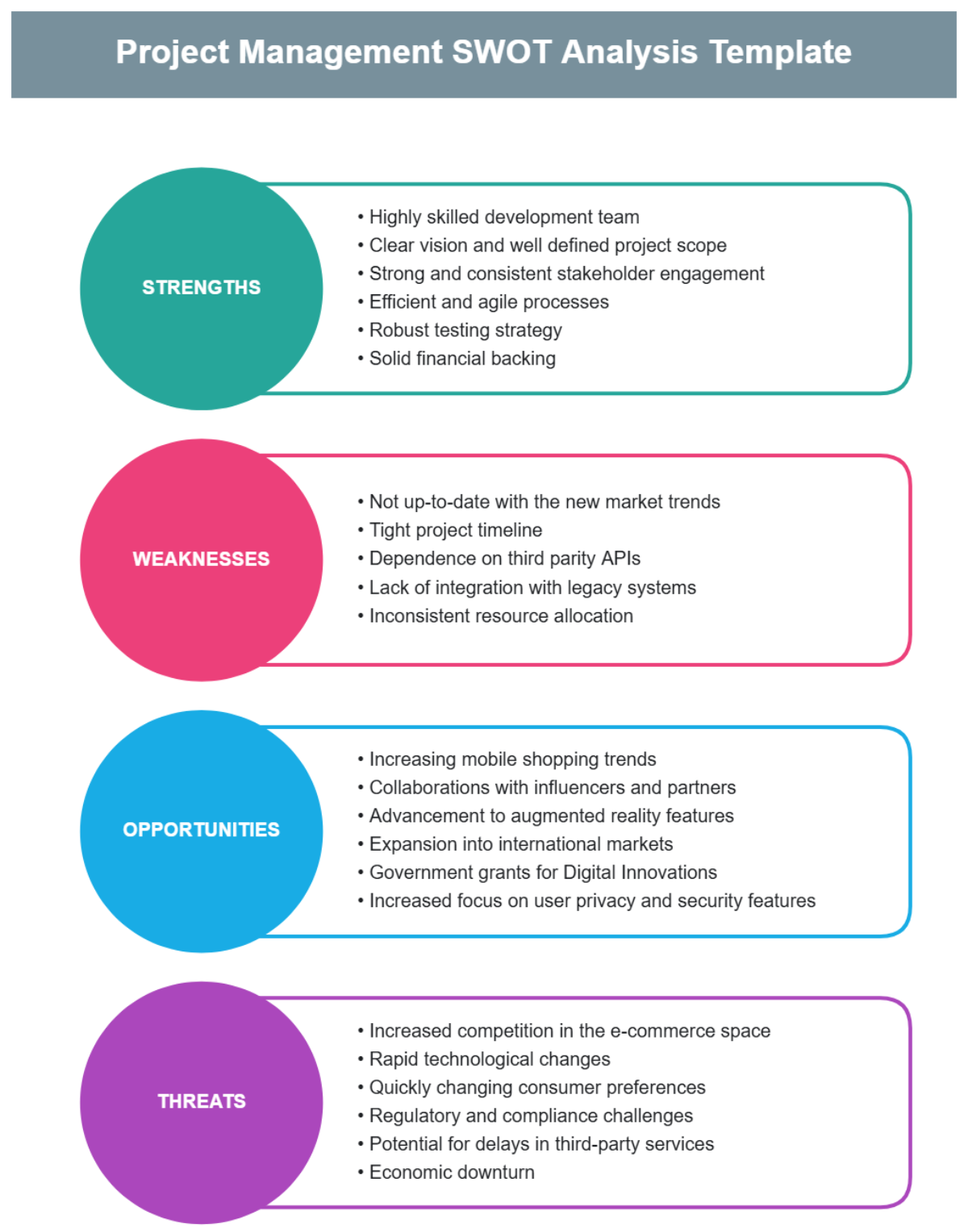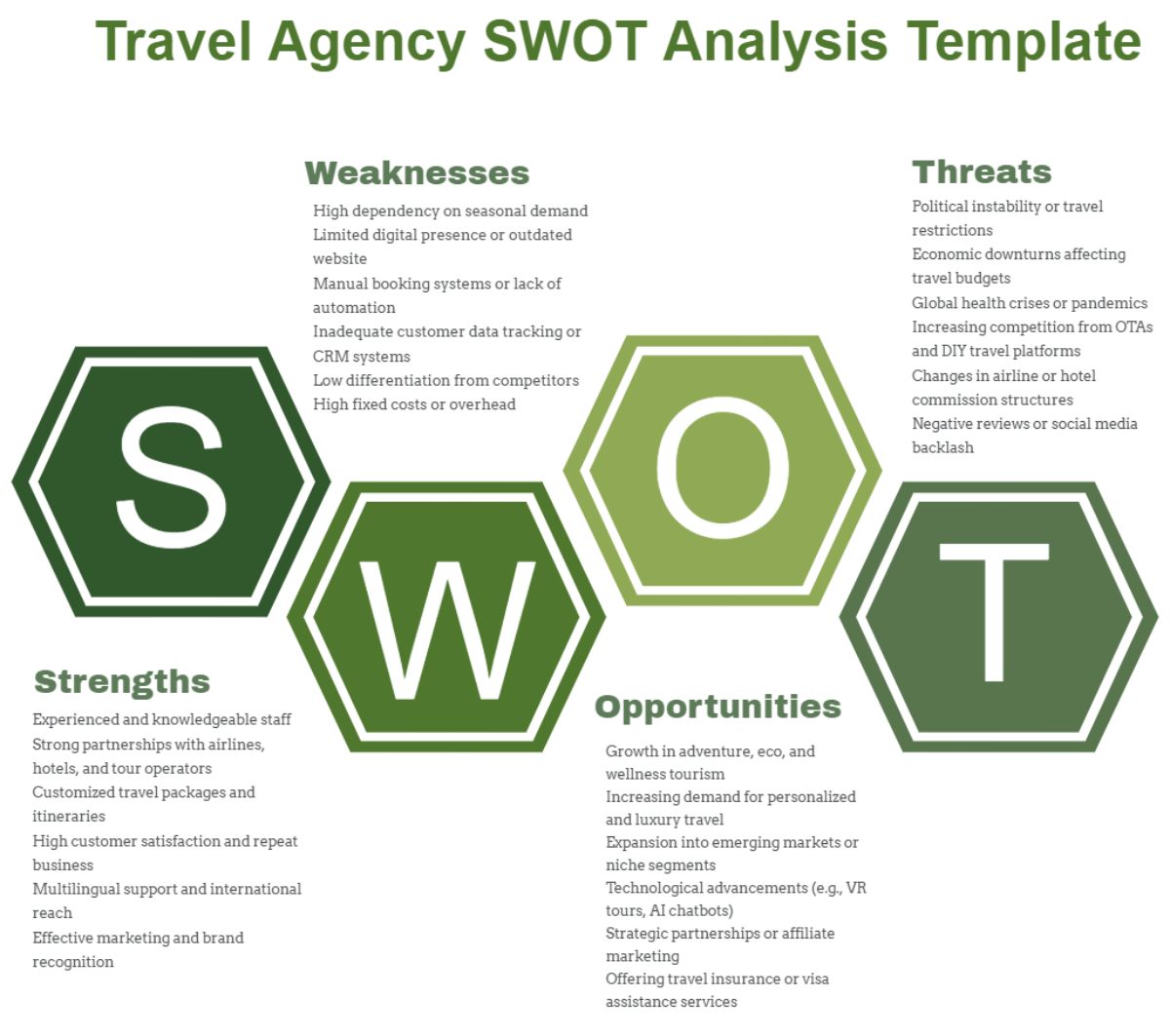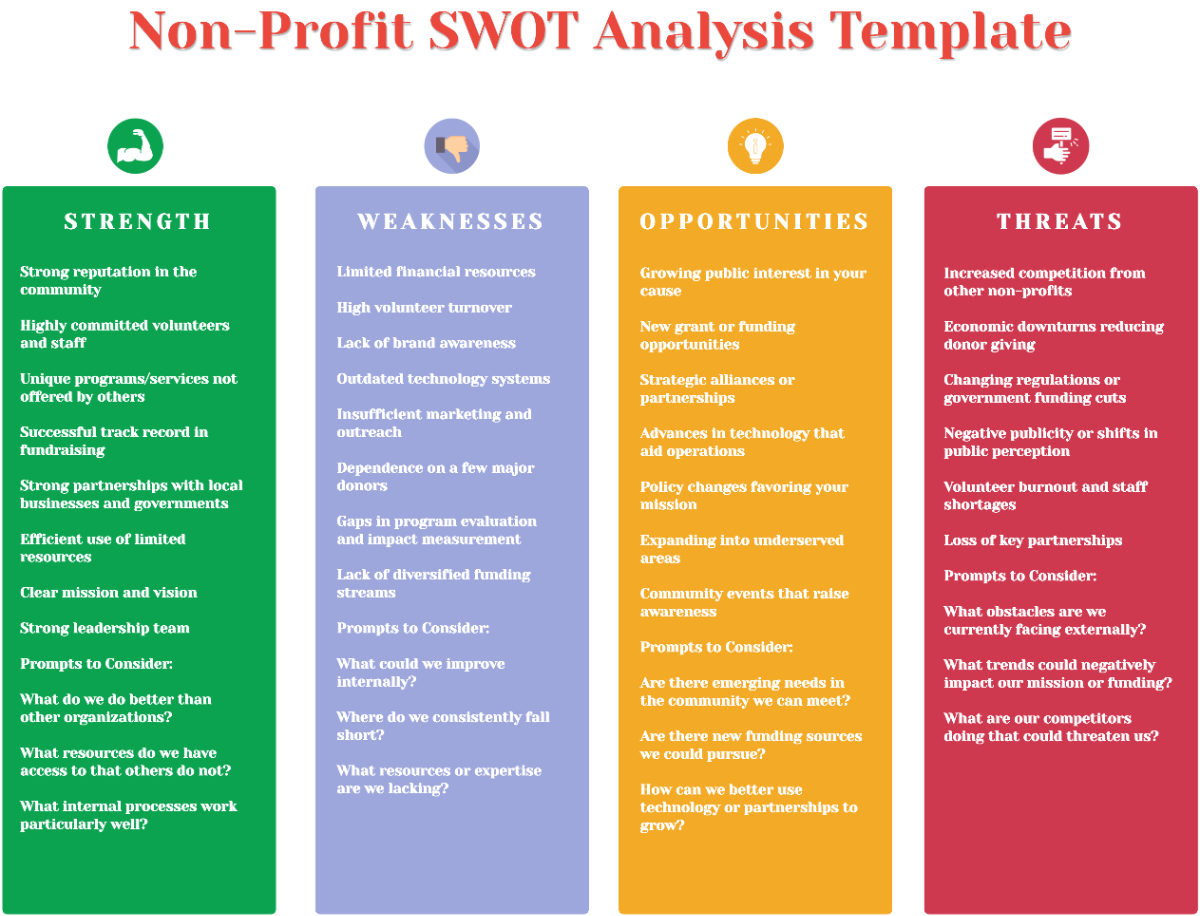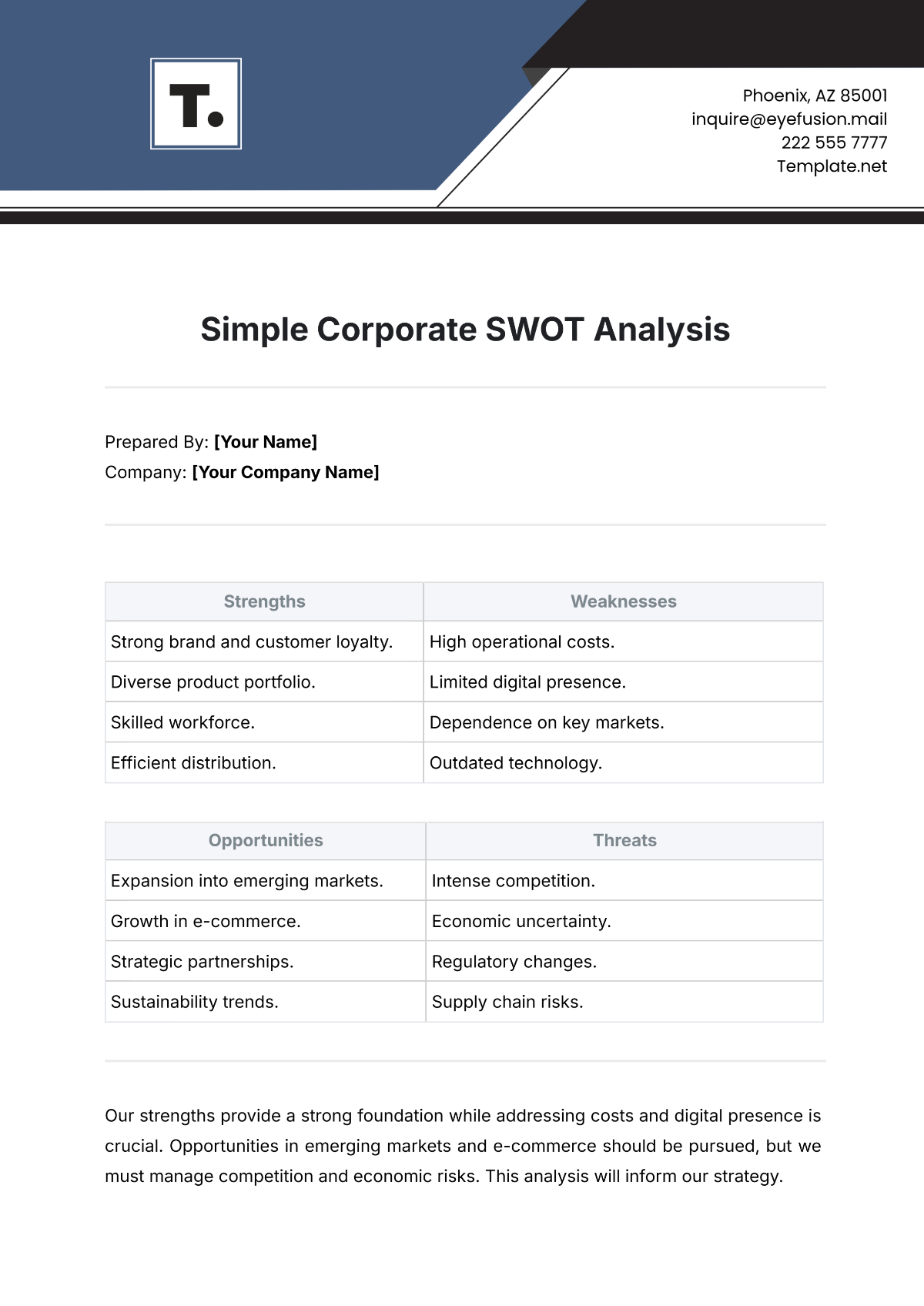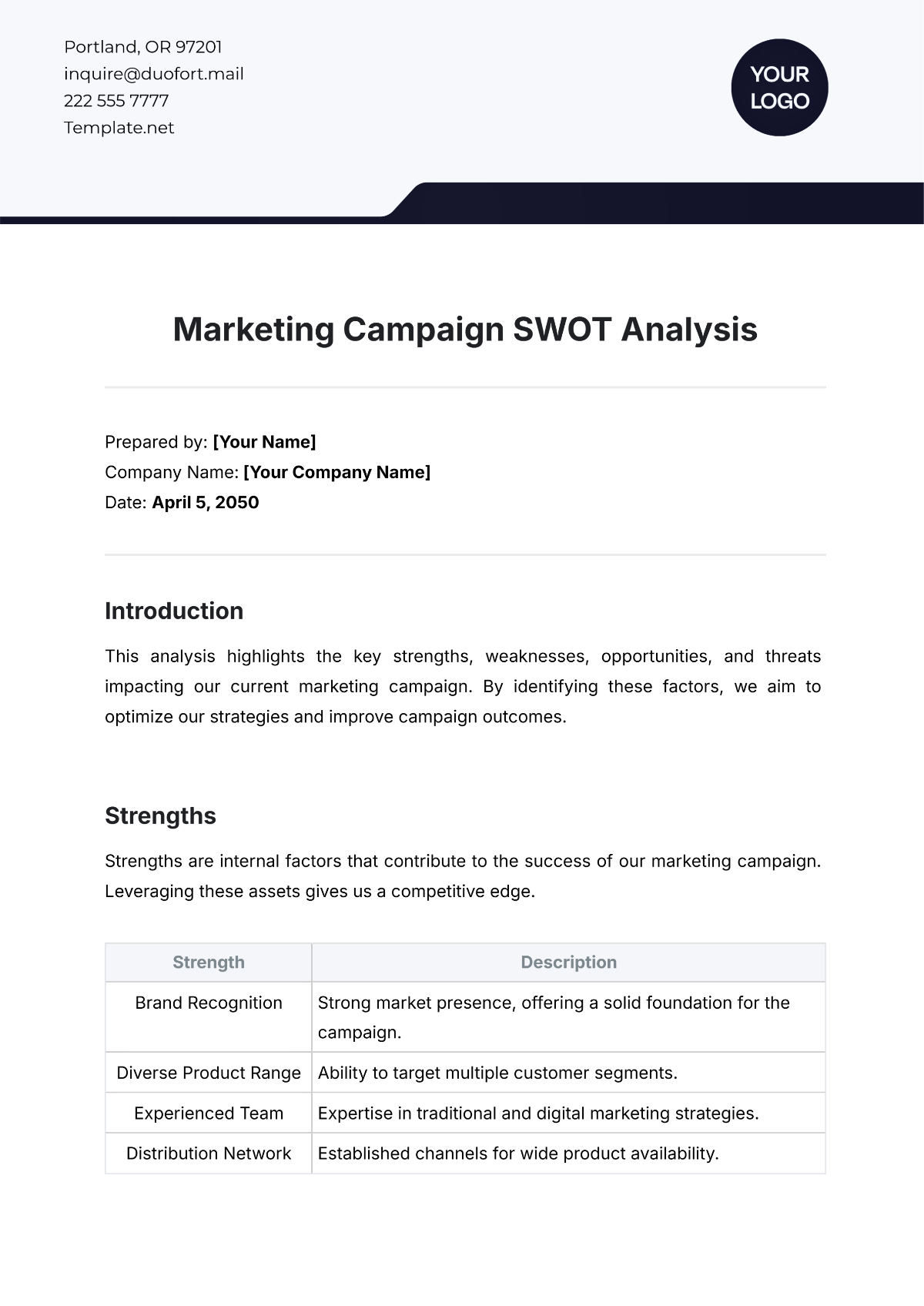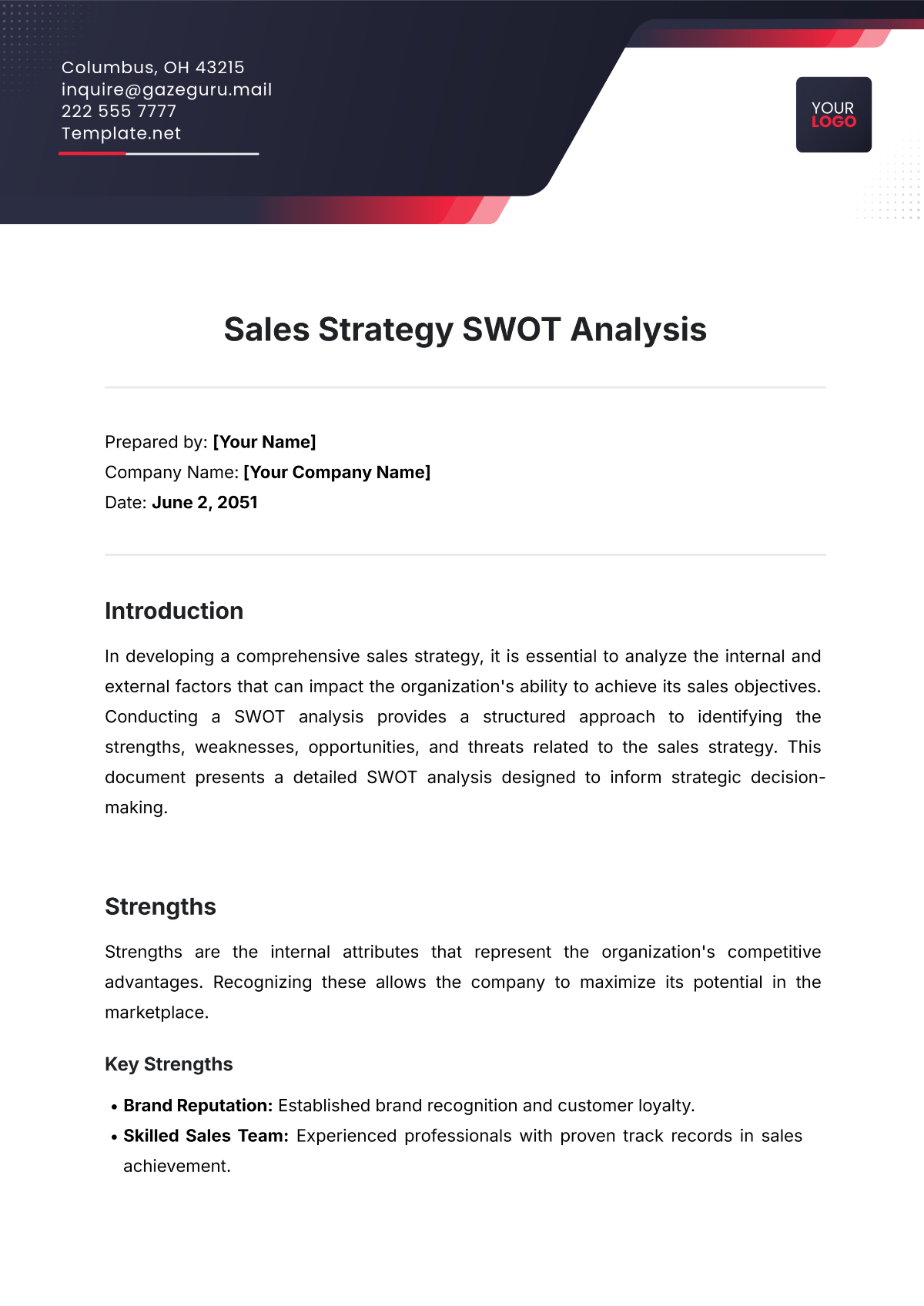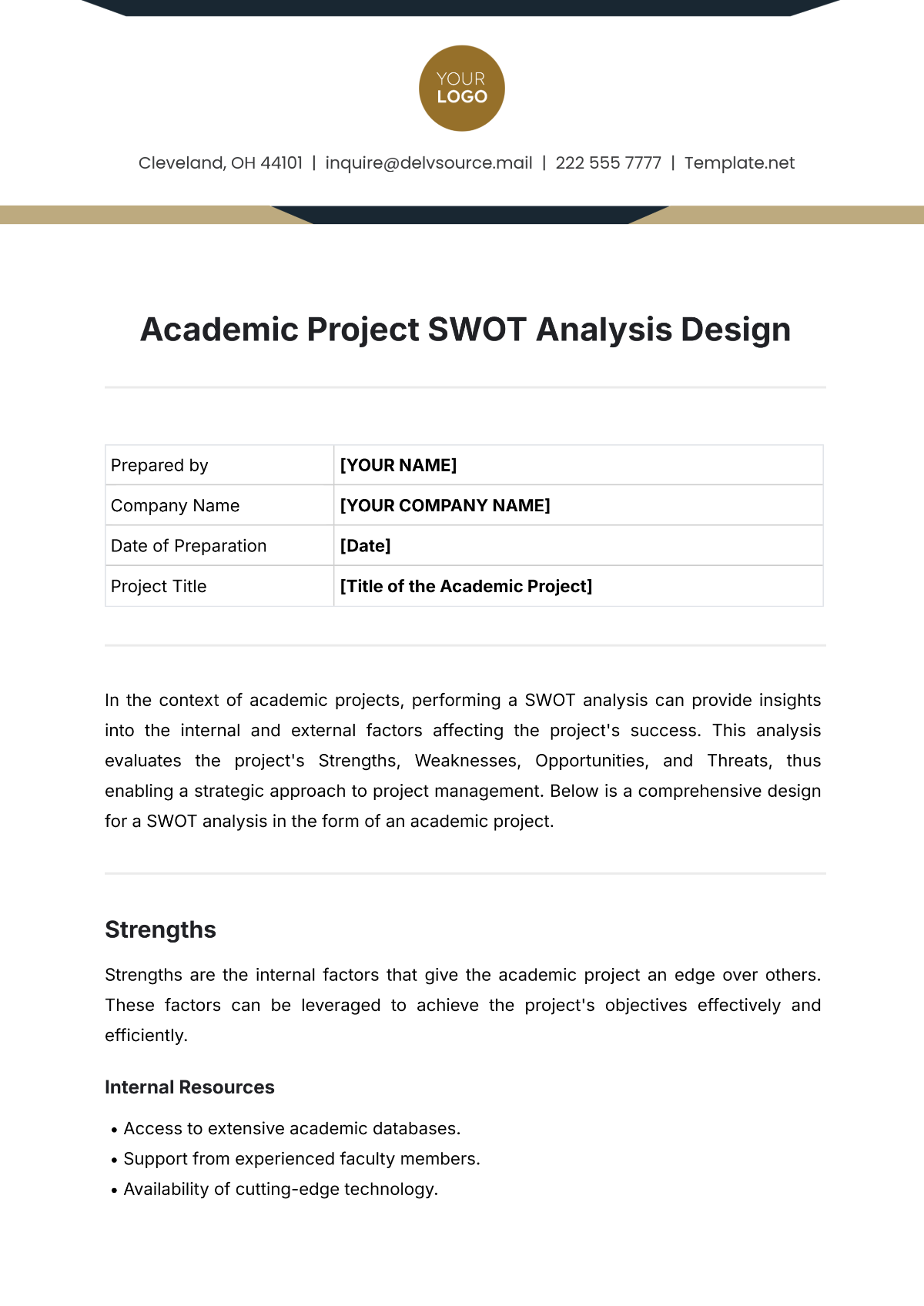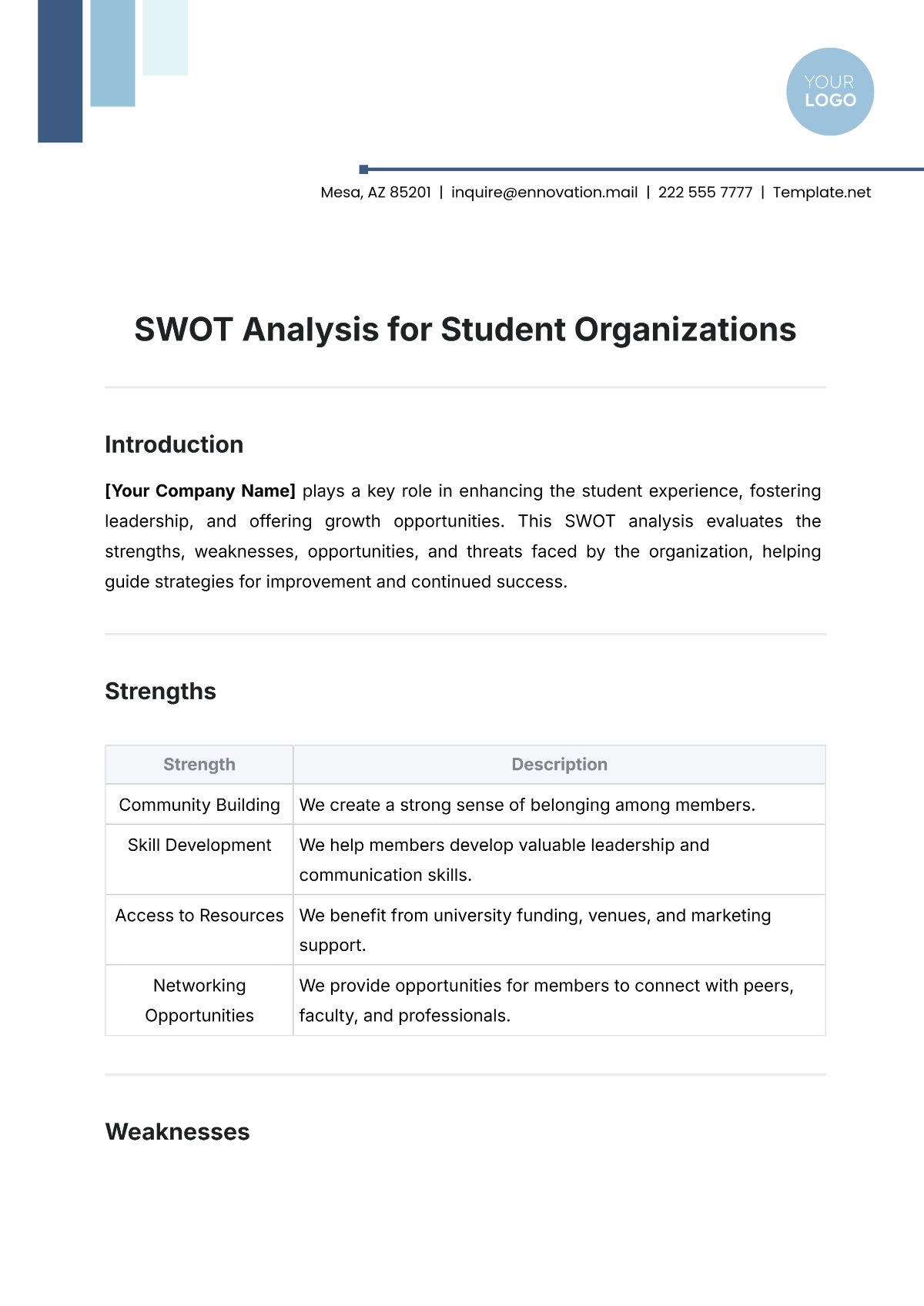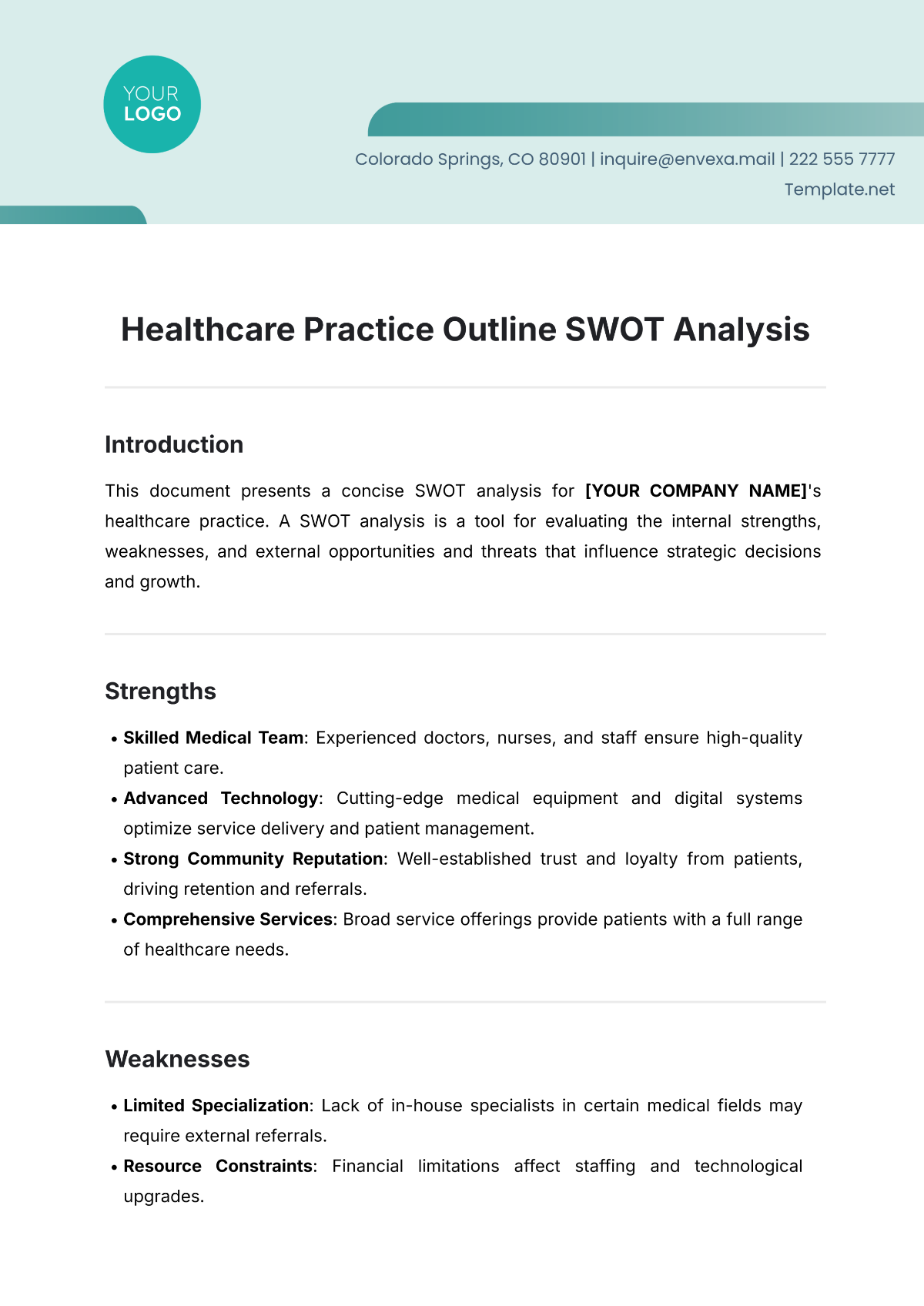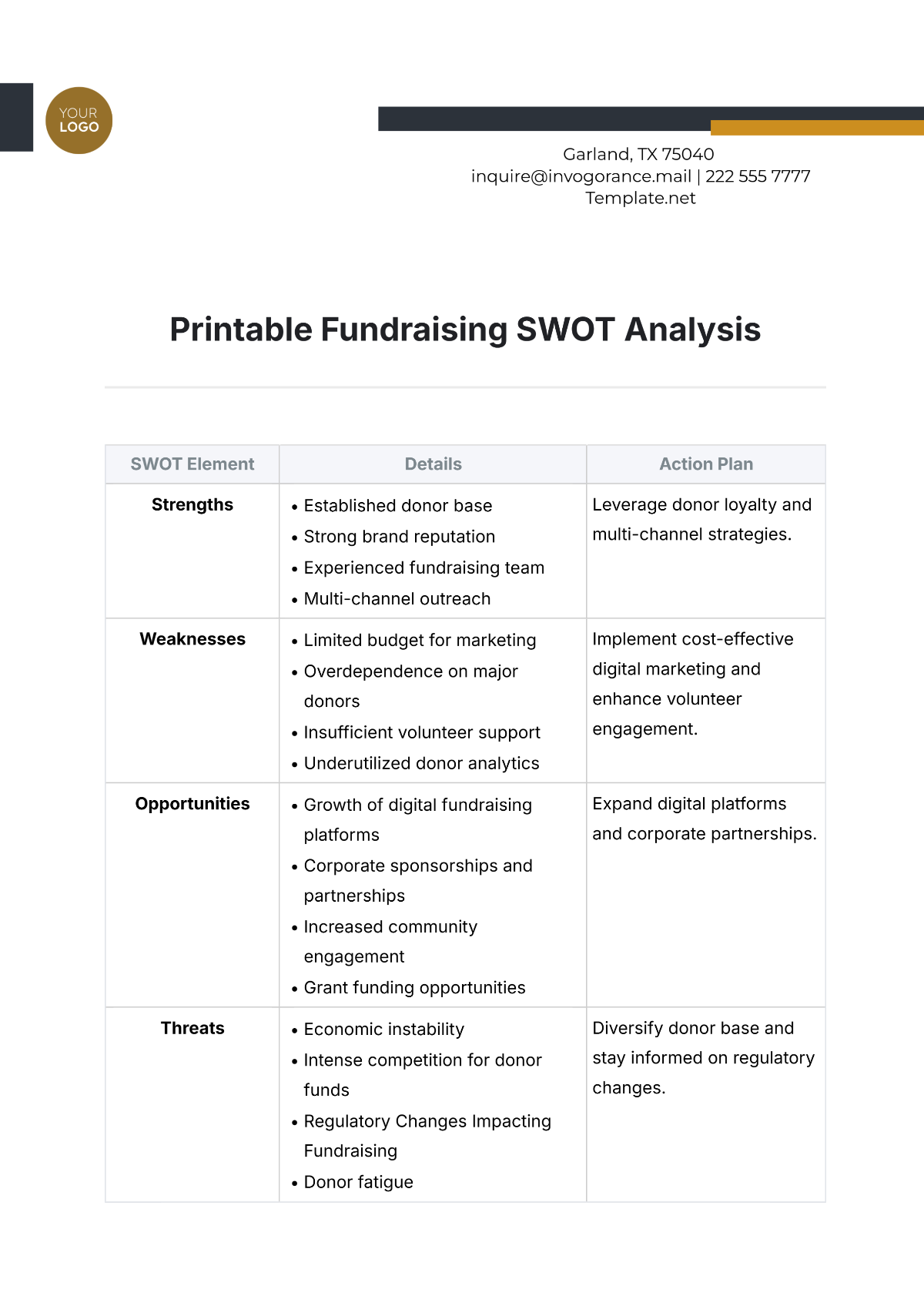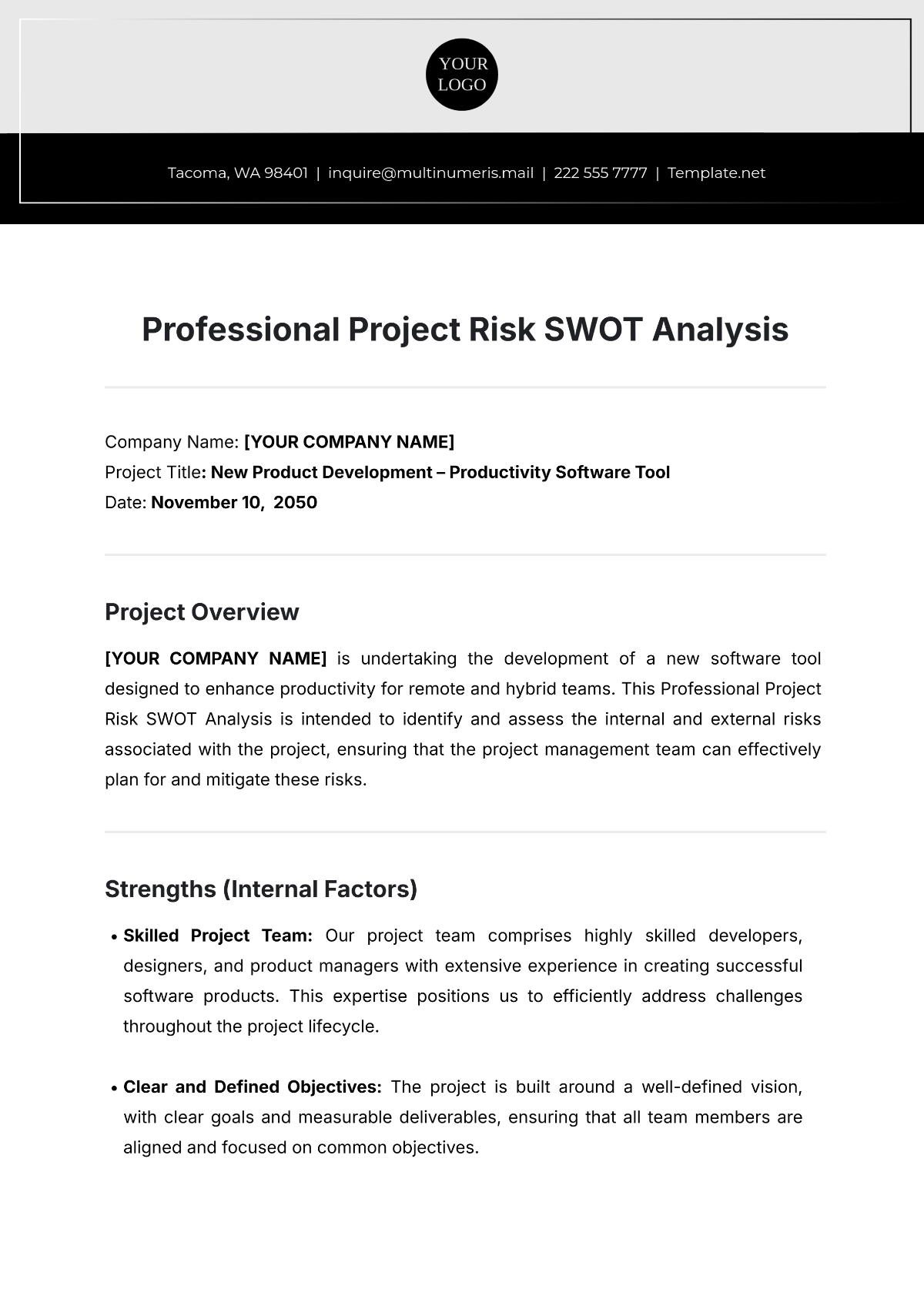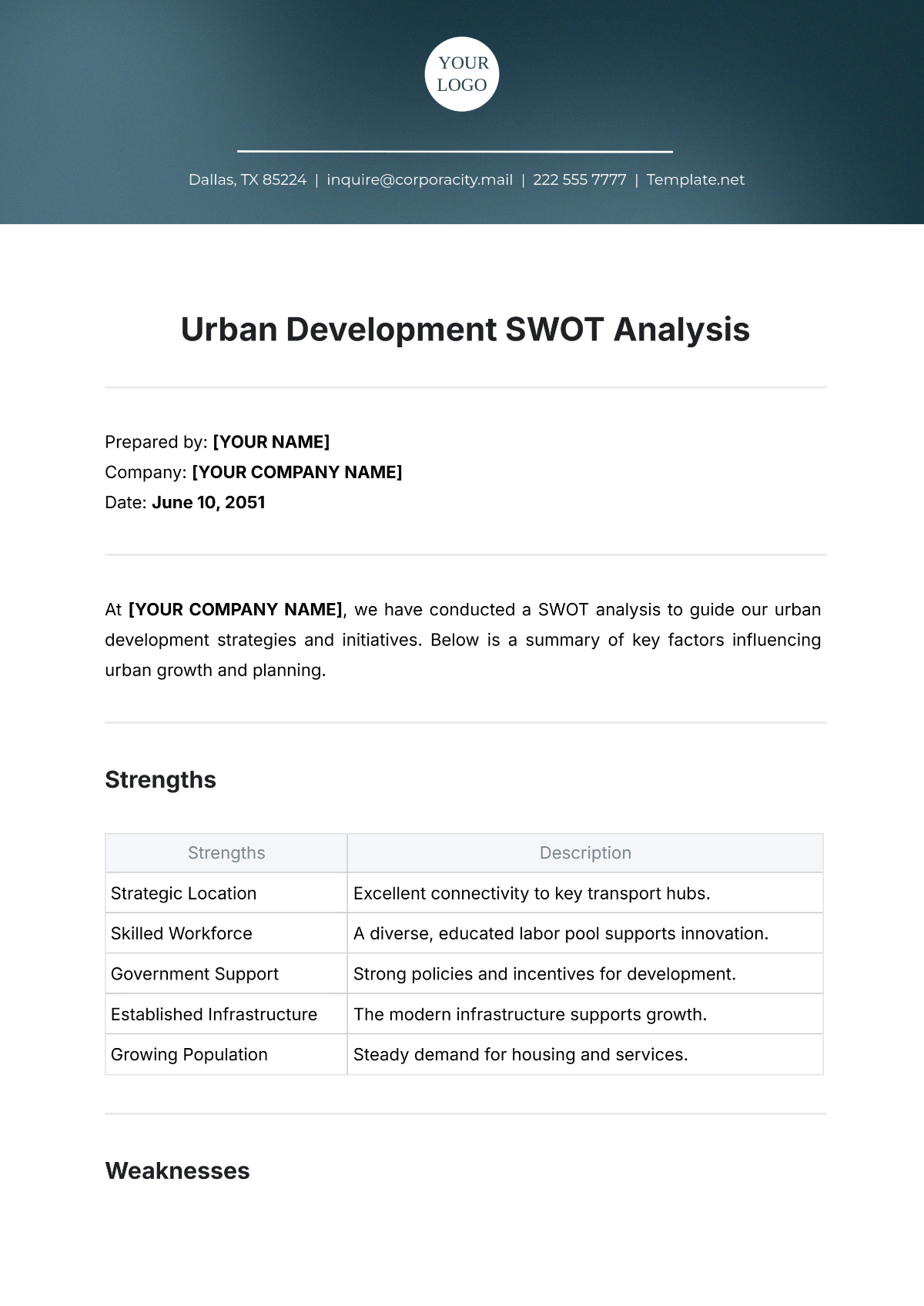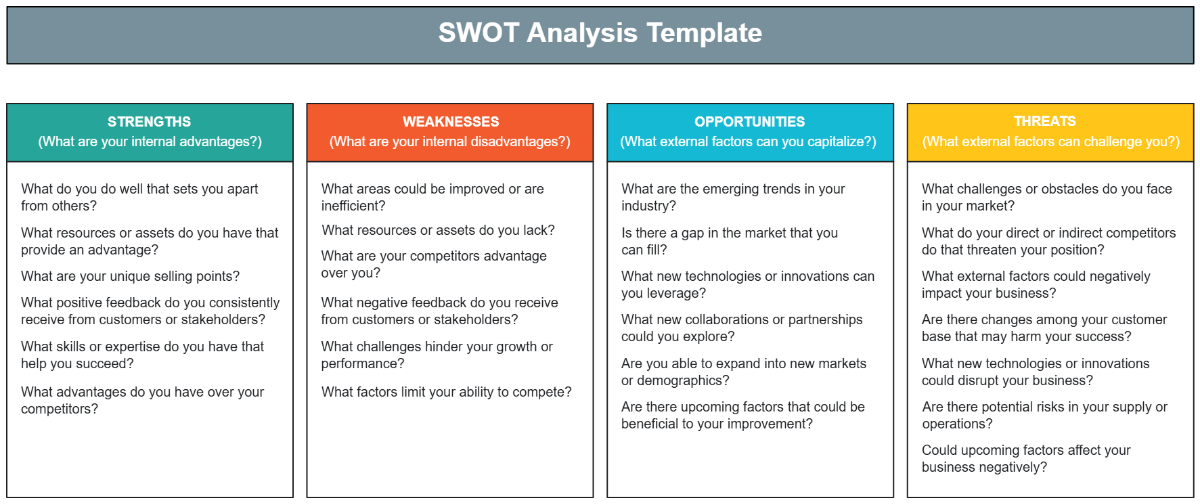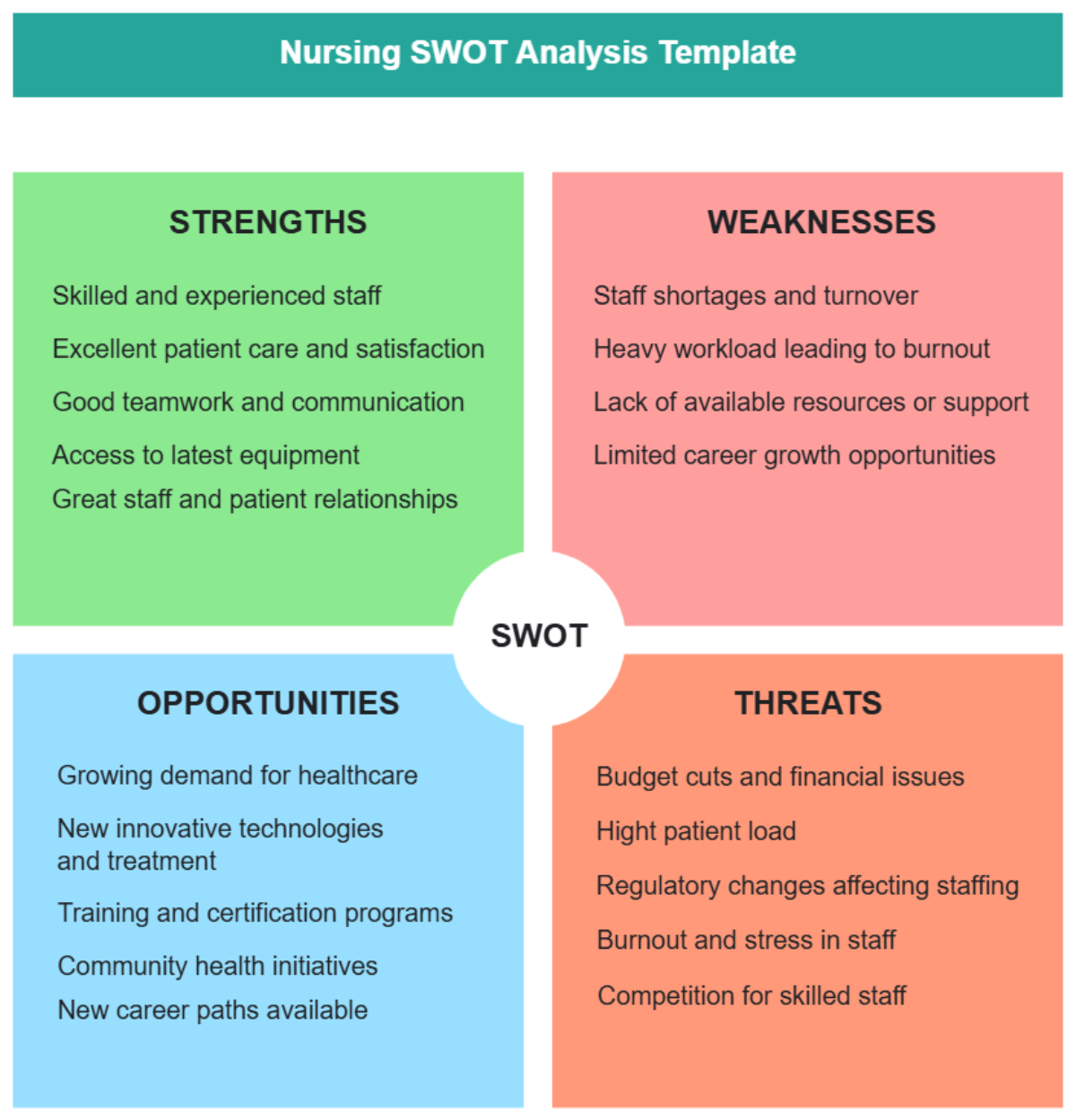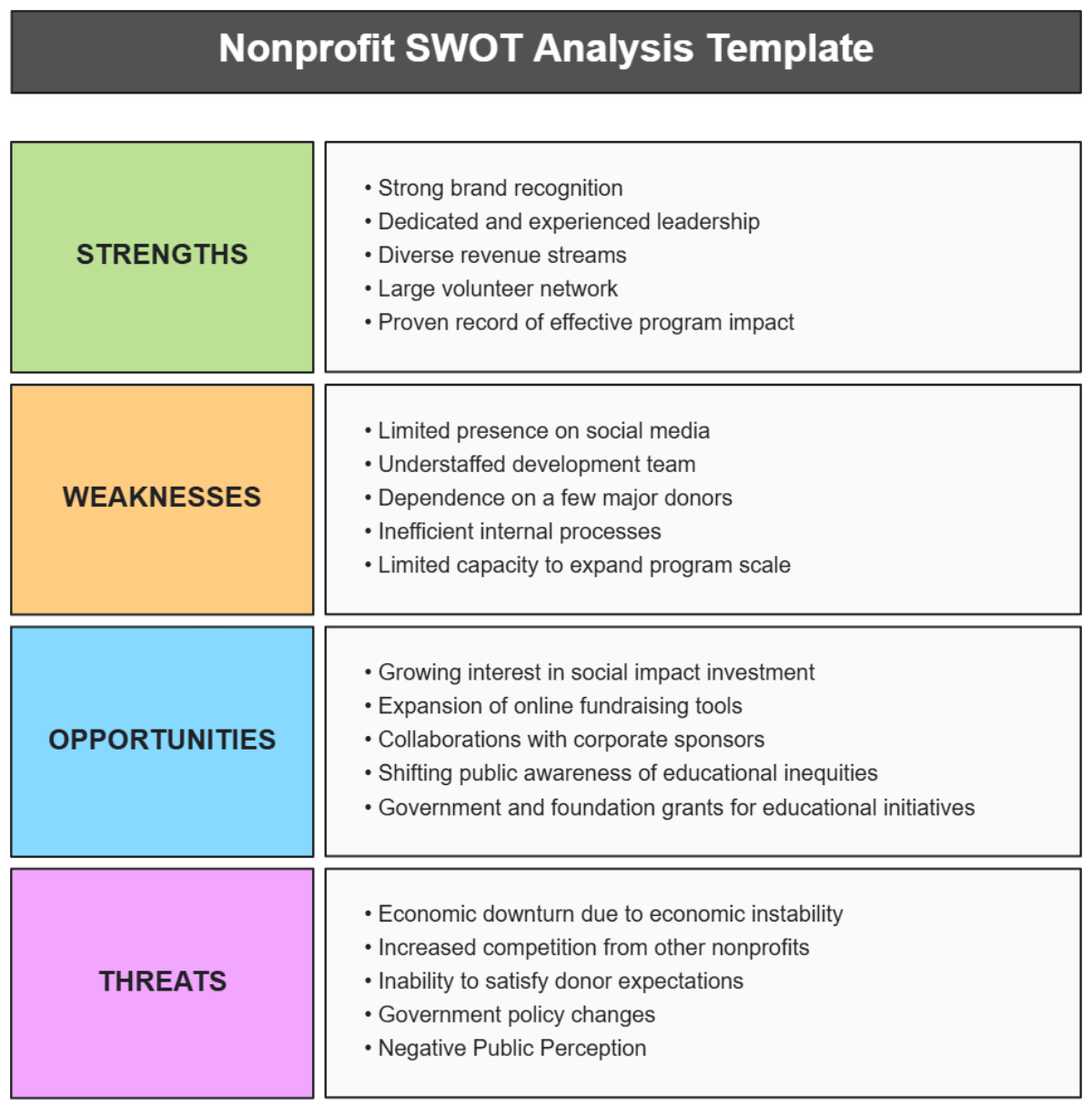Workplace Ergonomics SWOT Analysis
Introduction
In an era where employee well-being is paramount to productivity, [Your Company Name] recognizes the critical role of Workplace Ergonomics. With [15] years of industry leadership, this SWOT Analysis aims to comprehensively evaluate the Strengths, Weaknesses, Opportunities, and Threats related to ergonomic practices within our organization.
Ergonomics, the science of designing the workplace to fit the worker, is integral to our commitment to employee health, satisfaction, and overall organizational efficiency. This analysis will provide a detailed examination, empowering [Your Company Name] to make data-driven decisions regarding ergonomic interventions and further solidify our position as an employer of choice.
Company Overview
A. [Your Company Name]
[Your Company Name], a trailblazer in the tech Industry sector, has been shaping technological innovations for [15] successful years. Our dedicated team of [250] employees drives our commitment to excellence. Nestled at [Your Company Address], we invite inquiries at [Your Company Number] or through our website: [Your Company Website].
Our corporate ethos centers around creating an environment that not only fosters employee well-being but also encourages innovation and collaboration. As we embark on this Workplace Ergonomics SWOT Analysis, we aim to align our workspace with the latest ergonomic standards, ensuring a workplace that reflects our commitment to employee welfare.
B. Key Figures
Employees: | [250] |
Years in Industry: | [15] |
Annual Revenue: | [$50 million] |
C. Infrastructure
Office Space: | [25,000] square feet |
Workstations: | [200] |
Meeting Rooms: | [10] |
D. Communication Channels
Contact: | [Your Company Number] |
Email: | [Your Company Email] |
Website: | [Your Company Website] |
Objectives of Ergonomics Integration:
The primary objectives of integrating ergonomic practices at [Your Company Name] are:
A. Enhance employee health and comfort.
B. Improve overall productivity and efficiency.
C. Create a workplace that aligns with the latest ergonomic standards and regulations.
D. Foster a culture of well-being and innovation among employees.
To achieve these objectives, [Your Company Name] commits to:
A. Conducting annual ergonomic training sessions, aiming to reach [90]% of employees [$90,000 allocated].
B. Investing in advanced ergonomic furniture and equipment, targeting [100]% coverage by [2055].
C. Establishing a formalized ergonomic assessment process, reducing response time to identified issues by [75]%.
Monitoring and adapting to evolving ergonomic standards, ensuring compliance with all regulatory requirements.
SWOT Analysis
A. Strengths:
Internal factors contributing to workplace ergonomics
Comprehensive training programs promoting ergonomic awareness, reaching [85]% of employees annually [$75,000 allocated].
State-of-the-art ergonomic furniture and equipment in use across [95]% of workstations.
High employee engagement in ergonomic initiatives, evidenced by [88]% participation in feedback surveys.
B. Weaknesses:
Internal factors hindering effective workplace ergonomics:
Limited budget for continuous ergonomic improvements, currently set at [$50,000] annually.
Inconsistent implementation of ergonomic guidelines, identified through internal audits.
Lack of a formalized ergonomic assessment process, leading to inefficiencies in identifying and addressing ergonomic issues.
C. Opportunities:
External factors that can be leveraged for better workplace ergonomics:
Emerging technologies for ergonomic office design, presenting opportunities for [Your Company Name] to invest [$100,000] in cutting-edge solutions.
Collaboration with [Your Partner Company Name] for shared ergonomic research and practices, enhancing knowledge exchange.
Market demand for products promoting employee well-being, signaling potential for [Your Company Name] to expand its ergonomic product line.
D. Threats:
External factors that pose challenges to workplace ergonomics:
Changing regulatory landscape impacting ergonomic standards, necessitating an annual budget allocation of [$30,000] for compliance updates.
Competition with other companies offering more advanced ergonomic solutions, urging [Your Company Name] to invest [$75,000] in research and development.
Potential negative impact on productivity during the transition to new ergonomic setups, requiring proactive communication strategies to minimize disruptions.
Mitigation Strategies:
To address identified Weaknesses and counteract Threats, [Your Company Name] proposes the following mitigation strategies:
A. Allocate a dedicated budget of [$75,000] for ongoing ergonomic improvements, ensuring a continuous commitment to employee well-being.
B. Establish a cross-functional task force to oversee the consistent implementation of ergonomic guidelines across all departments.
C. Introduce a formalized ergonomic assessment process, investing [$50,000] in software and training to enhance efficiency in issue identification and resolution.
D. Proactively monitor changes in the regulatory landscape and adapt ergonomic practices accordingly, allocating an additional [$20,000] for compliance updates.
E. Foster innovation through collaboration with [Your Partner Company Name], dedicating [$40,000] to joint research and knowledge exchange.
F. Capitalize on market demand by investing [$100,000] in the development of new products promoting employee well-being.
Key Performance Indicators (KPIs):
[Your Company Name] will track the success of ergonomic initiatives through the following Key Performance Indicators (KPIs):
A. Reduction in employee complaints related to discomfort by [25]%.
B. Increase in overall productivity by [15]% after ergonomic interventions.
C. Achieve [100]% coverage of ergonomic training among employees annually.
D. Ensure [90]% compliance with regulatory ergonomic standards.
E. Foster a [20]% increase in employee engagement in ergonomic initiatives.
F. Achieve [100]% coverage of state-of-the-art ergonomic furniture and equipment in use by [2055].
[Your Company Name] recognizes that these KPIs are crucial indicators of the effectiveness of our ergonomic strategies and will serve as benchmarks for continuous improvement in our workplace ergonomics.
Action Plan
The Action Plan serves as a detailed roadmap to translate the findings of the SWOT analysis into concrete actions. [Your Company Name] commits to the following steps:
A. Mitigation Strategies Implementation Timeline:
Develop a clear timeline for the implementation of each mitigation strategy.
Assign specific start and completion dates for each initiative, ensuring a systematic and timely execution.
Regularly review and update the timeline to accommodate any unforeseen challenges or opportunities.
B. Responsibility Assignment:
Clearly define the responsibilities of each department or individual involved in the execution of the action plan.
Foster a collaborative approach, ensuring that all relevant stakeholders are actively engaged.
Designate a coordinator or task force to oversee the overall implementation and act as a point of contact for queries.
C. Milestones and Checkpoints:
Establish key milestones to gauge progress and celebrate achievements throughout the implementation process.
Introduce regular checkpoints to assess the effectiveness of implemented measures.
Use feedback from checkpoints to make necessary adjustments and optimize the action plan for ongoing success.
D. Feedback Loop:
Implement a feedback loop mechanism to collect input from employees regarding the impact of ergonomic changes.
Conduct regular surveys, focus groups, or feedback sessions to gather insights.
Leverage employee feedback to refine and enhance the ongoing action plan, ensuring its relevance and effectiveness.
This detailed action plan is designed to not only address weaknesses and threats but also capitalize on strengths and opportunities, fostering a workplace environment that prioritizes ergonomic excellence.
Employee Engagement and Training Calendar
[Your Company Name] recognizes the pivotal role of employee engagement and awareness in the success of ergonomic integration. The Employee Engagement and Training Calendar include:
A. Ergonomic Training Sessions and Workshops:
Schedule regular training sessions covering ergonomic best practices for all employees.
Introduce specialized workshops for key departments or roles with unique ergonomic considerations.
Utilize a variety of formats, including virtual and in-person sessions, to accommodate diverse learning preferences.
B. Feedback Sessions:
Establish a recurring schedule for employee feedback sessions.
Encourage open communication to identify additional ergonomic concerns and suggestions.
Use feedback sessions as an opportunity to address questions, clarify information, and reinforce the importance of ergonomic practices.
C. Recognition Programs:
Design and implement recognition programs to celebrate employees actively contributing to ergonomic initiatives.
Acknowledge achievements through internal communications, awards, or other forms of recognition.
Foster a positive and supportive culture that values employees' contributions to the improvement of ergonomic practices.
D. Communication Channels:
Develop and maintain communication channels, such as newsletters, intranet updates, or dedicated platforms, to keep employees informed about ongoing ergonomic improvements.
Ensure that information is accessible and transparent, promoting a sense of inclusivity and shared responsibility for ergonomic well-being.
Conclusion
The Workplace Ergonomics SWOT Analysis sheds light on the current state of ergonomic practices at [Your Company Name]. Through this thorough examination, it is evident that [Your Company Name] possesses significant strengths that can be leveraged for further success. By addressing weaknesses and capitalizing on opportunities, [Your Company Name] is well-positioned to enhance workplace ergonomics, ultimately leading to improved employee well-being and organizational efficiency.
The commitment to continuous improvement, as demonstrated through the proposed mitigation strategies and key performance indicators, underscores [Your Company Name]'s dedication to creating a workplace that not only meets but exceeds ergonomic standards. As [Your Company Name] moves forward, the insights gained from this analysis will guide strategic decisions and ensure the ongoing development of a workplace that prioritizes the health and satisfaction of its employees.
Contact Information
[Your Name]
[Your Company Email]
[Your Company Social Media]
For further inquiries or information regarding this Workplace Ergonomics SWOT Analysis, please contact [Your Name] at [Your Company Email]. Stay connected with us through our social media channels: [Your Company Social Media].
